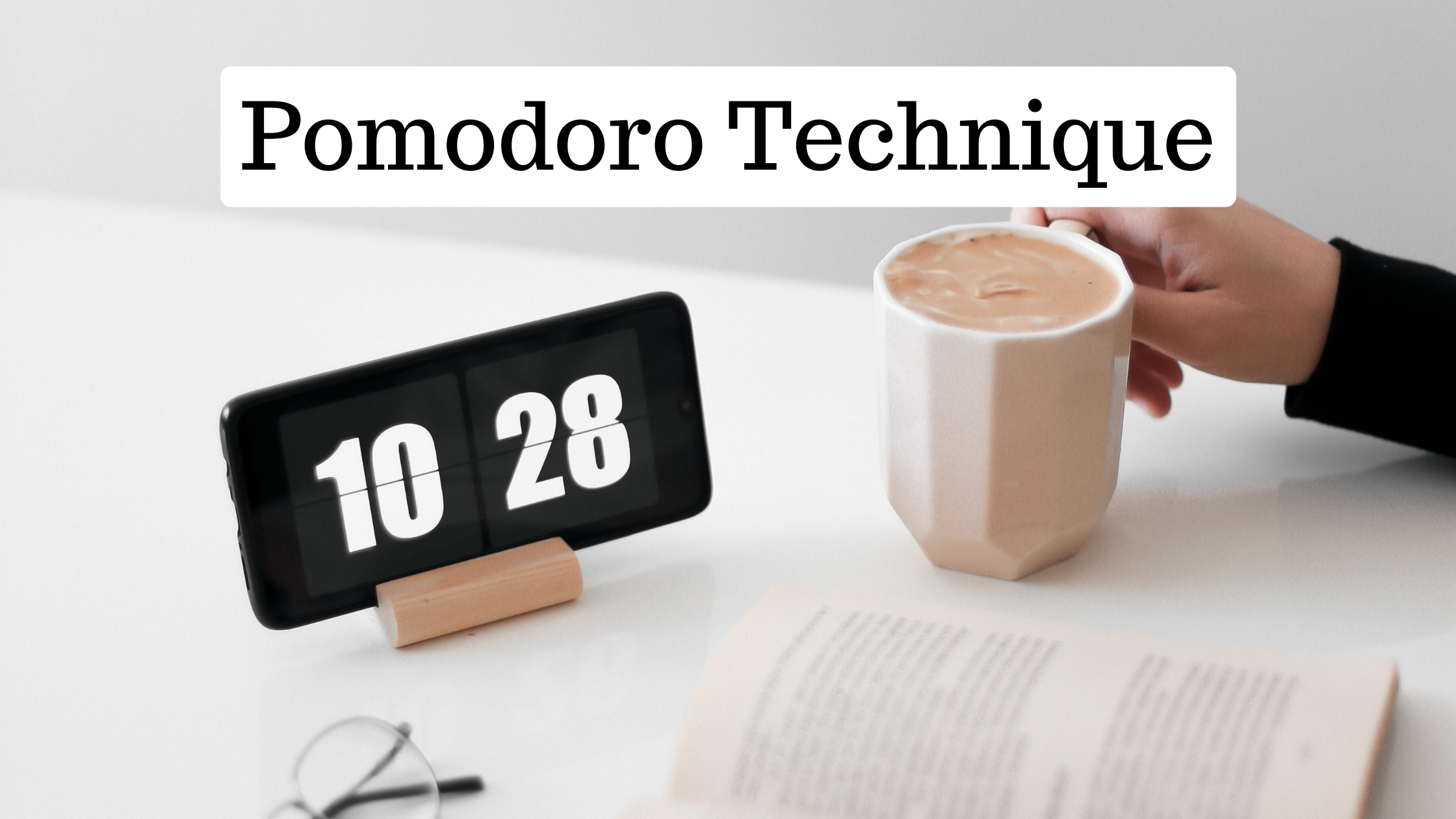Are you tired of long study sessions that leave you feeling drained and unproductive? If so, it’s time to consider a game-changing study technique: the Pomodoro Technique. In this article, we’ll explore how the Pomodoro Technique can revolutionize your study sessions, boost productivity, and help you achieve effective learning.
What Is the Pomodoro Technique?
The Pomodoro Technique is a time management method developed by Francesco Cirillo in the late 1980s. It’s a simple yet highly effective way to manage your study time and enhance focus and productivity. The technique is named after the Italian word for “tomato” because Cirillo initially used a tomato-shaped kitchen timer to track his work intervals.
How Does It Work?
The Pomodoro Technique involves breaking your study time into focused intervals, traditionally 25 minutes in length, separated by short breaks of 5 minutes. Here’s a step-by-step guide on how to use the technique effectively:
Step 1: Choose a Task
Start by selecting a specific study task or subject you want to work on.
Step 2: Set the Timer
Set a timer for 25 minutes (one Pomodoro). During this time, focus solely on your chosen task, eliminating all distractions.
Step 3: Work Intensely
Dive into your study material with full concentration. Avoid the urge to check your phone, email, or social media. The goal is to work intensely and productively.
Step 4: Take a Short Break
When the timer rings, stop working immediately, and take a 5-minute break. Use this time to stretch, grab a snack, or relax briefly.
Step 5: Repeat
After the break, start another Pomodoro by setting the timer for 25 minutes and returning to your task. Continue this cycle.
Step 6: Long Break
After completing four Pomodoros (about 2 hours of work), take a longer break of 15-30 minutes. Use this time to recharge before starting a new cycle.
Why Is the Pomodoro Technique Effective?
The Pomodoro Technique’s effectiveness lies in its ability to:
1. Enhance Focus: By working in short, focused intervals, you’re less likely to get distracted or experience mental fatigue.
2. Promote Consistency: The technique encourages regular study sessions, which are more effective for learning and retention than cramming.
3. Reduce Procrastination: Knowing you have a defined work period can motivate you to start studying, even when you don’t feel like it.
4. Prevent Burnout: Short breaks between Pomodoros prevent burnout and help you maintain a high level of productivity throughout the day.
Tips for Maximizing Your Pomodoro Sessions
To make the most of the Pomodoro Technique, consider these tips:
1. Find Your Ideal Work-to-Break Ratio: While the traditional 25/5-minute ratio works for many, you can adjust it to suit your needs. Some people find 50/10 or 40/10 ratios more effective.
2. Use a Timer: There are various Pomodoro apps and online timers available to help you track your intervals accurately.
3. Create a Distraction-Free Zone: Find a quiet place to study, and eliminate distractions like your phone, social media, or noisy environments.
4. Prioritize Tasks: Start with the most important or challenging tasks first to ensure you tackle them with a fresh mind.
5. Review and Reflect: At the end of your study session, take a few minutes to review what you’ve accomplished and plan your next Pomodoro session accordingly.
Pomodoro Technique Success Stories
Numerous students and professionals have experienced remarkable improvements in productivity and focus by adopting the Pomodoro Technique:
1. Increased Efficiency: Many report completing tasks more efficiently, leading to more free time for leisure or additional studies.
2. Reduced Procrastination: Overcoming the initial resistance to start a task becomes easier with the structured Pomodoro approach.
3. Enhanced Concentration: Short, focused work intervals help maintain a high level of concentration and mental clarity.
Conclusion
The Pomodoro Technique is a valuable tool in your study arsenal, offering a structured and effective way to manage your study time. By breaking your study sessions into manageable intervals and incorporating regular breaks, you can enhance your focus, boost productivity, and ultimately achieve more effective learning. Give it a try and discover how this simple yet powerful technique can transform your study habits and lead you to academic success.

